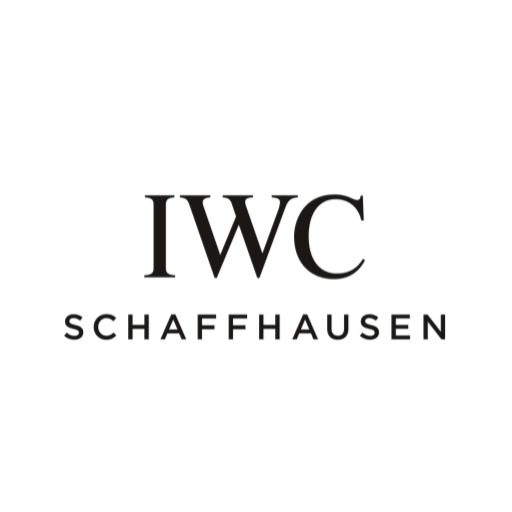Brands History
The IWC Ingenieur History
Founded in 1868, the International Watch Company (IWC) has been a pivotal player in the watchmaking industry, renowned for its precision and craftsmanship. The Ingenieur collection, introduced in the 1950s, holds historical significance as IWC’s response to the increasing demand for robust and antimagnetic timepieces. These watches, designed for engineers and scientists, reflect IWC’s commitment to innovation and technical excellence in watchmaking.
The Origins of the Ingenieur
IWC was established in 1868 by American watchmaker Florentine Ariosto Jones, aiming to combine Swiss craftsmanship with American engineering principles. In its early years, IWC gained recognition for its innovative pocket watches and later transitioned to wristwatches.
The Ingenieur line emerged in the 1950s, driven by the growing need for durable and high-performance watches in industrial and scientific environments. Albert Pellaton, IWC’s technical director, played a crucial role in developing the first Ingenieur model, emphasizing anti-magnetic properties and robustness. The Ingenieur collection became a cornerstone of IWC’s reputation for creating reliable timepieces tailored to the needs of professionals.
Technological Innovations
In a pioneering move, IWC incorporated anti-magnetic properties into the Ingenieur collection, addressing the demands of professionals working in magnetic fields. This innovation established the Ingenieur line as a symbol of technical advancement in the watchmaking industry.
The collaboration between IWC and Mercedes-AMG marked a significant chapter in the Ingenieur’s history. The partnership, initiated in the 2000s, brought about the integration of motorsport-inspired design elements and advanced materials, reinforcing the collection’s connection to high-performance engineering.
IWC also led the way in material innovation, introducing titanium and ceramic components to the Ingenieur watches. This commitment to cutting-edge materials enhanced the collection’s durability and elevated IWC’s reputation for technological excellence.
Design Evolution
The design evolution of the Ingenieur has been influenced by industrial and automotive aesthetics, reflecting a commitment to precision and functionality. Over the years, Ingenieur models have showcased a harmonious blend of robustness and sophistication.
The Ingenieur SL (SL stands for “Steel Line”), introduced in the late 1970s, was a notable milestone. With a sleek, minimalist design and integrated bracelet, it epitomized a shift towards modern elegance while maintaining the collection’s technical prowess.
The Ingenieur Ref. 1832, released in the 1990s, paid homage to IWC’s founding year. This model featured a distinctive design, combining a round case with an integrated bracelet, capturing attention with its timeless appeal.
These iconic models exemplify the Ingenieur’s design versatility and enduring appeal, solidifying its status as a hallmark collection in the world of precision timekeeping.
Notable Collaborations and Achievements
IWC’s collaborations with Formula 1 champions Nico Rosberg and Lewis Hamilton underscore the Ingenieur’s connection to motorsport excellence, infusing the collection with a dynamic spirit. These partnerships have resulted in special editions that celebrate the fusion of precision engineering and racing aesthetics.
The Ingenieur has also left its mark in motorsport and aviation, with models designed for professionals in these fields. Its robust construction, anti-magnetic properties, and high-performance features have made it a trusted companion for those pushing the boundaries of speed and endurance.
IWC has released limited and special editions within the Ingenieur collection, paying homage to influential figures and events. These timepieces serve as both tributes and testaments to the brand’s commitment to craftsmanship and innovation.
The Modern Ingenieur
The modern Ingenieur collection continues to embody IWC’s commitment to innovation and technical excellence. Key features include robust designs, anti-magnetic properties, and advanced materials like titanium and ceramic, ensuring durability and performance.
Complications such as chronographs, perpetual calendars, and GMT functions showcase the Ingenieur’s versatility, catering to diverse preferences and professional needs. The integration of in-house movements emphasizes IWC’s dedication to precision and craftsmanship.
As for the future, one can anticipate further advancements in materials, movements, and design elements within the Ingenieur line. IWC’s commitment to pushing technological boundaries suggests that the Ingenieur collection will continue to evolve, adapting to contemporary demands while maintaining its legacy of combining form and function.
Conclusion
In conclusion, the Ingenieur’s rich history within IWC spans from its early response to industrial needs to its modern-day collaborations and technological advancements. This collection has been a testament to IWC’s dedication to precision and innovation, with each iteration reflecting the evolving landscape of watchmaking.
The enduring appeal of the Ingenieur lies in its robust design, technical prowess, and the seamless integration of style and functionality. Its legacy is deeply rooted in the brand’s ability to adapt to changing demands while staying true to its commitment to excellence.
For those intrigued by the intersection of engineering and horology, I encourage you to explore the world of IWC and delve into the Ingenieur collection. Discover the timepieces that have stood the test of time, embodying the spirit of ingenuity that defines IWC’s enduring legacy.





